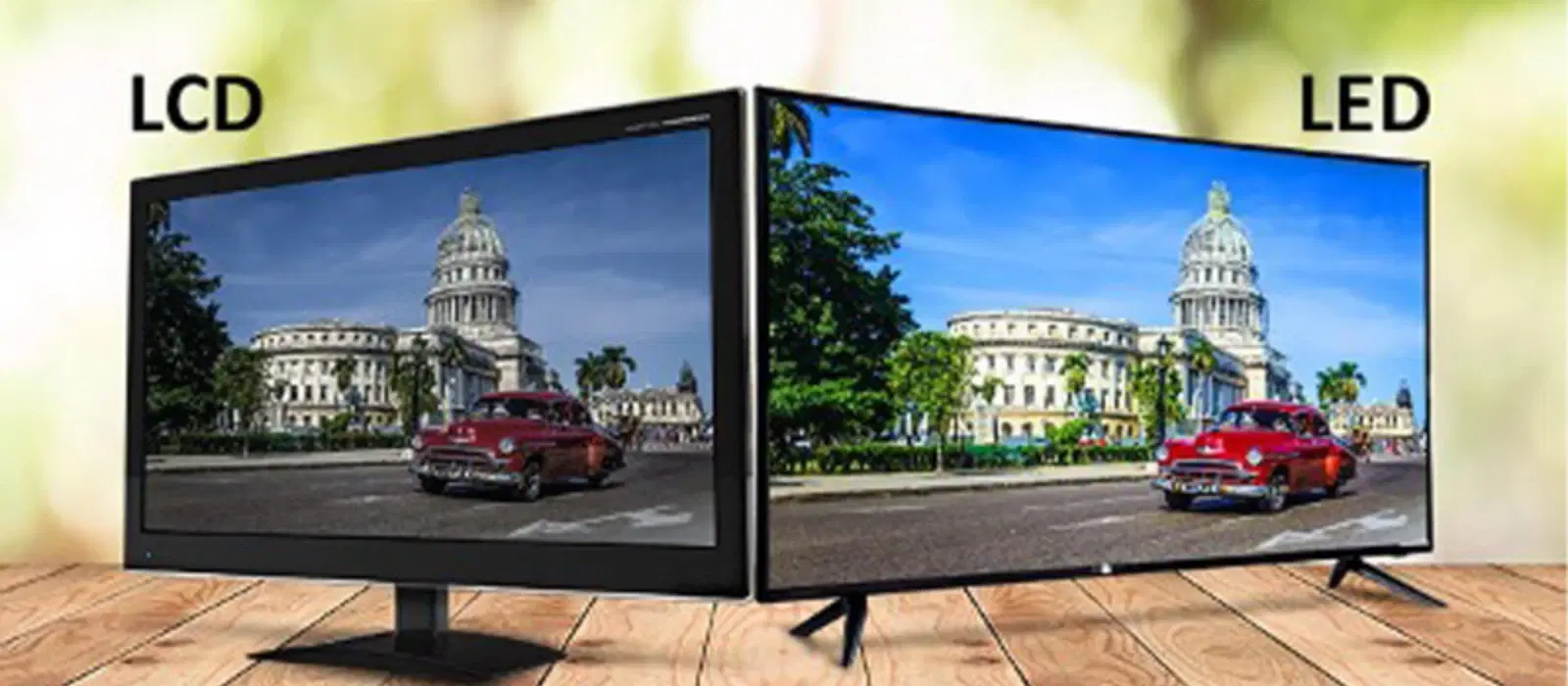
Consumer Electronics
•04 min read

Buy SAMSUNG S95F 195 cm (77 inch) OLED 4K Ultra HD Smart Tizen TV with Built-in Alexa (2025 model) online at best prices from Croma. Check product details, reviews & more. Shop now!
Choosing the right display technology can be overwhelming, especially when faced with two popular options: OLED and LCD. Both have unique strengths and weaknesses, and understanding the differences between them is important for making an informed choice for your home, office or gadget needs.
OLED (Organic Light Emitting Diode) screens work using organic compounds that emit their own light when an electric current passes through them. This means that every pixel lights up on its own without the need for additional backlighting. In contrast, LCD (Liquid Crystal Display) screens require a strong backlight to illuminate the liquid crystals, which then display the images on your screen. This fundamental difference sets the stage for many of the distinctions in performance and design between the two technologies.
When it comes to picture quality, OLED displays are known for their infinite contrast ratios and true blacks, as each pixel can be turned on or off independently. They are also capable of producing vibrant, eye-catching colours which many users appreciate. LCD panels, on the other hand, tend to be more affordable and can deliver excellent brightness levels, often making them a preferred choice for environments with high ambient light. Additionally, emerging trends such as the use of OLED panels in the latest smartphones stand in contrast to LCD technology that is still widely used in budget-friendly TVs.
When it comes to contrast ratio and black levels, OLED technology stands out with its ability to showcase true blacks. This gives images a dramatic and immersive look which is particularly beneficial when watching films or playing games. Although LCD screens offer clear images, their blacks may appear more as shades of dark grey rather than true black, sometimes impacting the overall vibrancy of displays.
Another point of difference is in the area of viewing angles. OLED displays maintain consistent picture quality from a wide range of angles, so whether you are watching from the side or straight on, you enjoy clear and rich images. LCD panels, by comparison, may experience some image distortion when viewed from broader angles. This can be an important factor if you frequently share your screen with friends or family.
One of the commonly discussed aspects of OLED displays is the issue of burn-in. Over time, static images can leave a lasting impression if displayed frequently, a challenge that OLED faces in comparison to LCD panels. LCDs often have a longer lifespan because they do not have the same burn-in risk, giving them an edge in terms of durability.
Energy efficiency is another important area where the two technologies differ. OLED displays have the ability to power down individual pixels when they are not needed, which can help in saving battery life on smartphones and laptops. Meanwhile, LCD screens make use of constant backlighting that draws more power, although their efficiency is still well suited for many environments where brightness is key. This makes it essential to consider which technology aligns best with your energy consumption needs.
Insight Corner: OLED vs LCD – What’s the Big Picture?
Did you know that OLED displays offer infinite contrast ratios, while LCD panels excel in brightness levels? Understanding these core differences can help you choose the right display for your unique needs. This balance between picture quality and practicality is at the heart of what makes every digital experience special.
Brightness levels are key, particularly if you plan to use your device outdoors. LCD displays generally offer higher brightness levels which can improve visibility in bright environments. On the other hand, OLED displays might reach limitations in peak brightness due to the nature of their organic, emissive technology, though they make up for it with superior contrast.
Price is often a deciding factor for many consumers. OLED displays are usually priced at a premium over LCD panels, reflecting the advanced technology behind them and their superior picture quality attributes. While spending a bit more might be justified for enhanced colour accuracy and performance in certain applications, LCD displays offer a more cost-effective solution without compromising much on overall functionality.
If you are a tech enthusiast or a young professional looking for a display that offers vibrant colours and deep blacks, OLED might be the choice for you. For those who need devices primarily for tasks that benefit from high brightness outdoors or if you are shopping within a tighter budget, LCD technology may be a more sensible option. Each technology offers practical benefits depending on how and where you use your devices.
OLED is better for applications requiring superior contrast, true blacks, and vibrant colours, while LCD is more suited for high brightness and affordability.
OLEDs are prone to burn-in and generally have a shorter lifespan compared to LCDs; they also tend to be more expensive.
LCDs typically last longer due to their resistance to burn-in and overall robust construction.
OLED displays can be easier on the eyes because they emit less blue light and offer better colour accuracy, making them comfortable for prolonged use.
In summary, the choice between OLED and LCD largely depends on your individual needs and budget. OLED offers superior picture quality, true black levels, and remarkable viewing angles, while LCD provides advantages in brightness, durability, and cost-effectiveness. With such diverse features to consider, it is important to reflect on the environments and scenarios in which you will be using your device. Whether you’re a student, family, or professional, understanding these differences can help you make a purchase that is both smart and rewarding. Remember that with Tata Neu, each purchase can also earn you NeuCoins, allowing you to save and enjoy extra benefits as you explore technology that truly enhances your daily life.